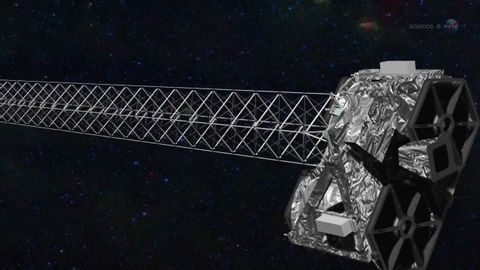
字幕と単語
サイエンスキャストなぜ超新星は爆発しないのか? (ScienceCasts: Why Won't the Supernova Explode?)
00
Wonderful が 2021 年 01 月 14 日 に投稿保存
動画の中の単語
produce
US /prəˈdus, -ˈdjus, pro-/
・
UK /prə'dju:s/
- n. (u.)(野菜 : 果物の)農作物
- v.t.産する : 実る;出して見せる;(機械を使って)作る : 製造する;(映画を)製作する : プロデュースする;引き起こす
A1 初級
もっと見る エネルギーを使用
すべての単語を解除
発音・解説・フィルター機能を解除
